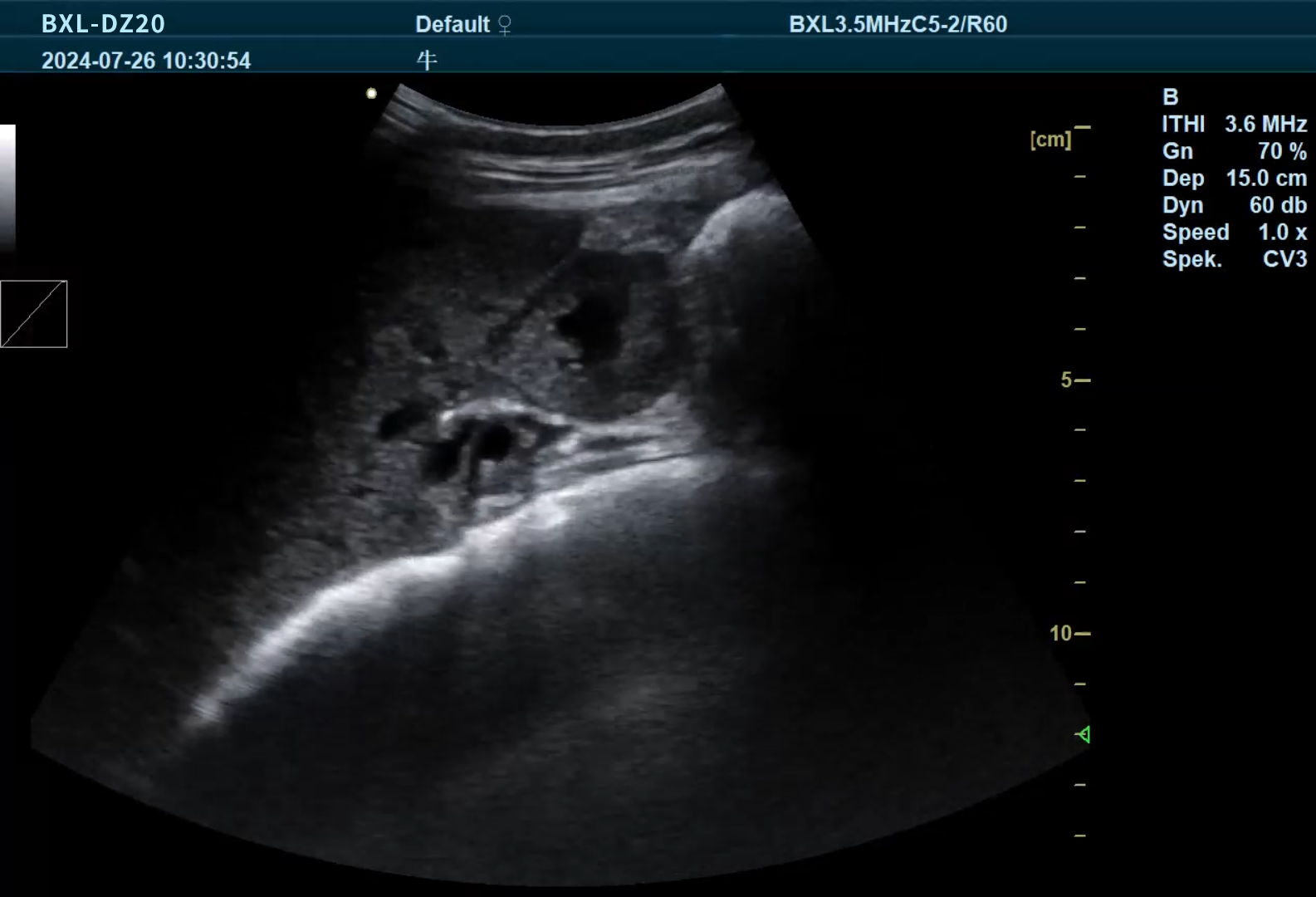Ultrasound detection of cow pregnancy has revolutionized how veterinarians and farmers monitor the reproductive health of cattle. This non-invasive, reliable, and efficient method offers critical insights into the reproductive process, allowing farmers to make informed decisions about herd management. In this article, we will explore how ultrasound technology is used to detect pregnancy in cows, its benefits for farm management, and why it's become an indispensable tool in veterinary care.

What is Ultrasound Detection of Cow Pregnancy?
Ultrasound detection of cow pregnancy is a diagnostic technique that uses high-frequency sound waves to create images of the uterus and the developing fetus inside the cow. The process involves placing an ultrasound probe on the cow’s abdomen or performing a rectal ultrasound to visualize the uterus. The sound waves bounce off tissues and organs, creating real-time images that provide veterinarians and farmers with a clear picture of the cow’s pregnancy status.
Unlike traditional methods like manual palpation or blood tests, ultrasound offers a higher degree of accuracy and earlier detection of pregnancy. It is a non-invasive procedure, meaning it does not harm the animal or the developing fetus. Early detection of pregnancy can help improve herd management practices, reduce the risk of miscarriage, and optimize calving schedules.
How Does Ultrasound Pregnancy Detection Work in Cows?
The ultrasound technique used to detect pregnancy in cows involves emitting high-frequency sound waves from a probe that is placed on the cow’s abdomen or inserted into the rectum. The sound waves pass through the body and bounce back off tissues and organs, with different tissues reflecting sound waves in different ways.
These sound waves are captured by the probe and processed into images that can be displayed on a monitor. The veterinarian can then observe the uterine wall, embryo, and the fetal heartbeats. The clear, real-time imaging provided by ultrasound helps detect pregnancy as early as 28 days after conception and can even identify multiple pregnancies (twins) in cows.
Types of Ultrasound Used for Cow Pregnancy Detection
Abdominal Ultrasound: This method involves placing a probe on the cow’s abdomen. It is typically used in cows that are at least 30 days pregnant. This method allows for the visual confirmation of pregnancy, assessing fetal growth, and checking the overall health of the uterus and placenta.
Rectal Ultrasound: A more commonly used method for early pregnancy detection (as early as 28 days). In this technique, the ultrasound probe is inserted into the cow’s rectum, allowing the veterinarian to get a closer view of the uterus and developing fetus.
Benefits of Ultrasound Detection for Cow Pregnancy
1. Early Pregnancy Detection
One of the most significant advantages of ultrasound pregnancy detection is the ability to detect pregnancy much earlier than other methods. Early detection allows farmers to confirm pregnancy as soon as 28 days after insemination, which is crucial for effective herd management. Early pregnancy detection helps reduce the risk of calving failures and improves the overall reproductive efficiency of the herd.
2. Accurate Pregnancy Confirmation
Ultrasound is one of the most accurate methods for confirming pregnancy in cows. Unlike manual palpation, which can sometimes lead to incorrect assessments, ultrasound provides clear and reliable images of the developing fetus. The ability to visualize the fetus and detect fetal heartbeats ensures accurate confirmation of pregnancy.
3. Detection of Twin Pregnancies
Ultrasound allows for the early detection of twin pregnancies, which can be challenging to identify with other methods. Identifying twins early on is critical because twin pregnancies often come with increased risks, such as dystocia (difficult labor) or low birth weights. Knowing about twin pregnancies in advance allows farmers to prepare for potential complications during calving.
4. Monitoring Fetal Health and Growth
Beyond pregnancy detection, ultrasound provides valuable insights into the health of the fetus. Veterinarians can monitor fetal development, check for normal growth patterns, and identify potential issues such as birth defects or fetal distress. This enables early intervention if necessary, leading to better outcomes for both the cow and the calf.
5. Non-Invasive and Stress-Free
Unlike some traditional methods, such as blood testing or palpation, ultrasound is non-invasive and generally less stressful for the animal. The procedure is relatively quick, and the cow experiences little to no discomfort, making it an excellent choice for routine checks in pregnancy diagnosis.
6. Improved Herd Management
Ultrasound pregnancy detection aids in better herd management. By knowing which cows are pregnant, farmers can plan their breeding programs more effectively and ensure that cows are healthy and ready for calving at the optimal time. Early pregnancy detection also helps to identify non-pregnant cows, which can then be re-bred or culled if necessary, reducing unnecessary feed and care costs.
When Should Ultrasound Be Performed for Cow Pregnancy Detection?
Ultrasound pregnancy detection can be performed as early as 28 days after insemination. However, the timing of the procedure can vary depending on the specific method being used and the farmer’s objectives:
- 28-35 days: For early detection using rectal ultrasound.
- 30-40 days: Abdominal ultrasound can be used to confirm pregnancy and evaluate fetal health.
- 50-60 days: Later ultrasounds can be used to confirm fetal sex, check for multiple pregnancies, and monitor the health of the fetus and placenta.
Performing ultrasound at these stages allows veterinarians to identify potential issues early on, allowing for prompt intervention when necessary.
Why Choose Ultrasound for Pregnancy Detection in Cows?
While there are other methods for detecting pregnancy, such as blood tests, manual palpation, or progesterone tests, ultrasound is widely regarded as the most accurate, reliable, and non-invasive method. It offers several key advantages, including:
- Real-time imaging that provides immediate results.
- Accurate confirmation of pregnancy and detection of multiple pregnancies.
- The ability to monitor fetal health and growth.
- Non-invasive with minimal stress on the cow.
- Early detection of pregnancy, allowing for better herd management and breeding strategies.
tags: Ultrasound


